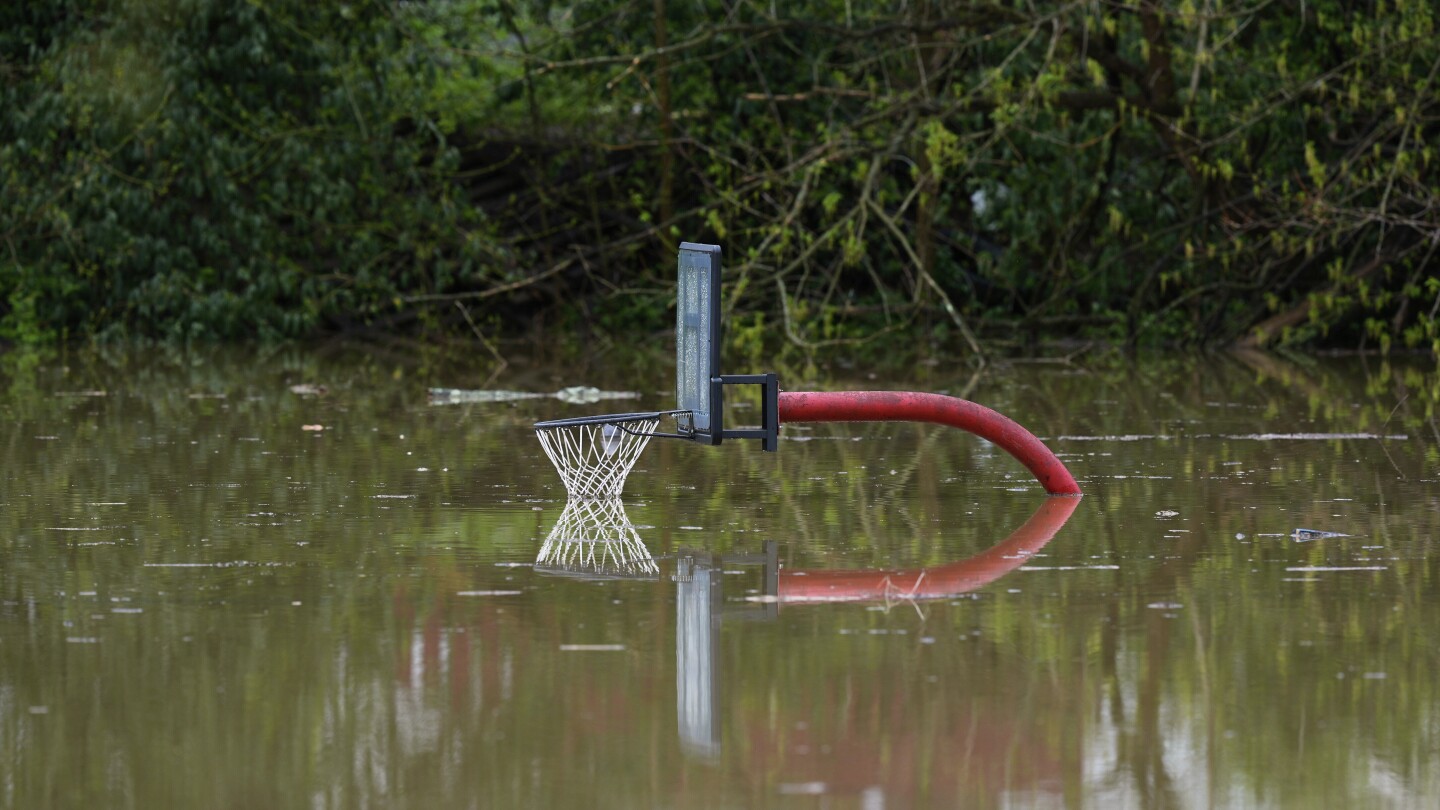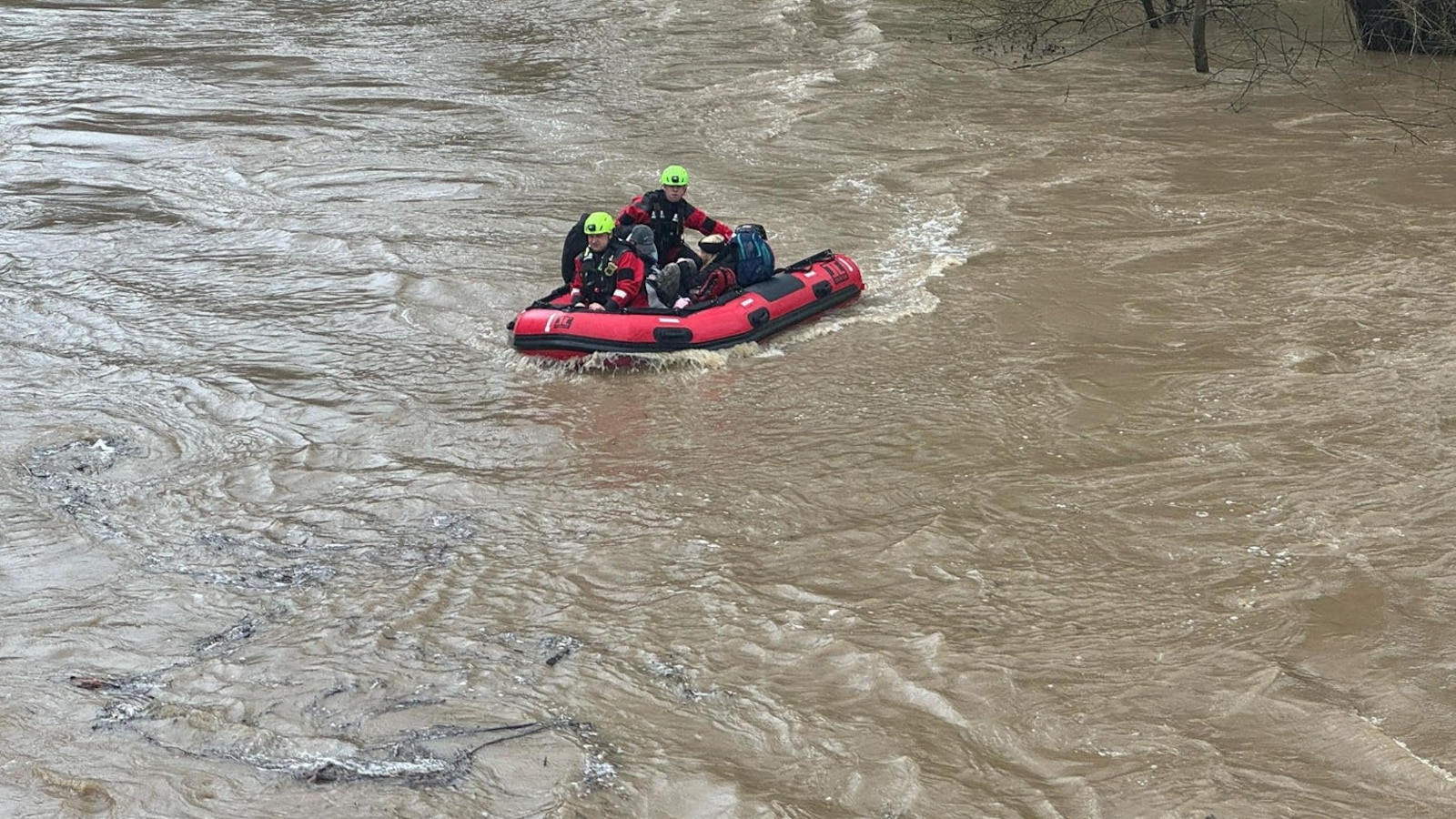Unraveling the Truth: Did Arsonists Ignite the California Wildfires?
The recent surge of wildfires in California has raised alarming questions about the role of arsonists in these devastating events. Every summer, as temperatures soar and dry conditions prevail, the state braces itself for the inevitable onslaught of wildfires. However, the narrative surrounding these fires often shifts, leading to discussions about human culpability. This investigation delves into the evidence, shedding light on whether human actions, particularly those of arsonists, are exacerbating these natural disasters.
The Landscape of California Wildfires
California, home to diverse ecosystems and expansive woodlands, is particularly susceptible to wildfires. Factors such as prolonged drought, high winds, and rising temperatures due to climate change create a perfect storm for fire outbreaks. But amidst these natural contributors, the question remains: how significant is the role of human actions, especially arson, in igniting these fires?
The Statistics: Arson vs. Natural Causes
According to data from CAL FIRE, approximately 85% of wildfires in California are caused by human activities, with arson being a notable factor. However, it’s crucial to differentiate between the various causes. While some fires are deliberately set, many are sparked by accidents, such as downed power lines or discarded cigarettes. Here’s a breakdown of wildfire causes:
- Human Causes: Arson, equipment use, fireworks, discarded cigarettes.
- Natural Causes: Lightning strikes, volcanic activity.
In recent years, several high-profile cases of arson have caught public attention, amplifying fears and concerns. For instance, in 2020, the August Complex Fire, which became the largest wildfire in California’s history, was partly attributed to human actions, with some of its origins linked to arson.
High-Profile Cases of Arson
When discussing arson’s role in California wildfires, specific cases often emerge as stark reminders of the potential for human malice. In 2020, a man was arrested and charged for intentionally setting multiple fires in Napa County. His actions led to widespread destruction and loss of property, contributing to a growing narrative that arsonists play a significant role in the wildfire crisis.
Another notable case involved a couple who ignited a massive blaze while conducting a gender reveal party using pyrotechnics in 2020. This incident not only highlighted the reckless behavior surrounding fire safety but also showcased the devastating consequences of human negligence in a fire-prone region.
The Societal Impact of Arsonist-Related Fires
The implications of arson extend beyond immediate fire damage; they ripple through communities, economies, and natural ecosystems. Here are some critical impacts of arson-related wildfires:
- Community Displacement: Thousands of residents are often forced to evacuate, leading to a humanitarian crisis.
- Economic Burden: The financial toll on local economies can be staggering, from property damage to loss in tourism revenue.
- Environmental Degradation: Wildfires can devastate habitats, leading to long-term ecological consequences.
Preventive Measures: Combating Arson
In response to the alarming trend of arson-related wildfires, California has implemented various preventive measures aimed at curbing human-caused fires. These include:
- Increased Surveillance: Enhanced monitoring of high-risk areas during fire season.
- Public Awareness Campaigns: Educating the public on fire safety and the consequences of arson.
- Stricter Penalties: Implementing harsher penalties for individuals convicted of arson.
Community engagement plays a pivotal role in these efforts. Local organizations often work hand-in-hand with fire departments to promote fire safety and encourage vigilance. Programs aimed at reporting suspicious activities can empower residents to take an active role in their community’s safety.
The Role of Climate Change
While human actions significantly contribute to wildfires, climate change amplifies these risks. Rising temperatures, prolonged droughts, and shifting weather patterns create conditions that are conducive to fire spread. An increase in arson incidents amidst these environmental changes underscores the complexity of the issue.
Experts warn that as climate change continues to evolve, California may see an uptick in both the frequency and intensity of wildfires. This necessitates a dual approach: addressing human behavior while also implementing broader environmental strategies.
Conclusion: A Call for Awareness and Action
The question of whether arsonists ignite the California wildfires is not merely a matter of blame but rather a complex interplay of human actions and environmental conditions. While arson certainly contributes to the wildfire crisis, it is essential to recognize that many factors are at play.
In light of this, public awareness and community involvement are crucial in combating both arson and wildfires. By fostering a culture of responsibility and vigilance, Californians can work together to protect their homes, communities, and the natural landscape they cherish.
As the state continues to grapple with the challenges posed by wildfires, understanding the multifaceted nature of this issue will be vital in crafting effective policies and preventive measures. Ultimately, through collective action and informed dialogue, the truth behind the wildfires can be unraveled, paving the way for a safer future.
See more Your Daily Weather



